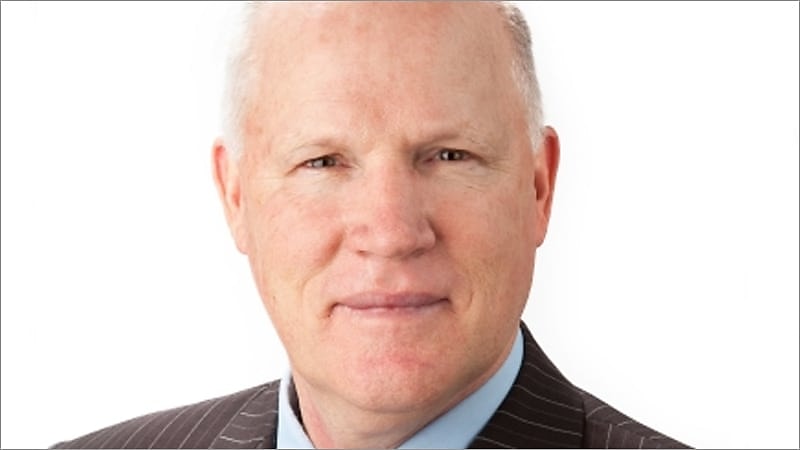Advice community needs to ‘flex its muscles’ on ASIC levy
The AIOFP says that the ASIC levy is an example of how the “Canberra bureaucracy” has forgotten who they are meant to be serving.
In a letter to members, seen by ifa, Association of Independently Owned Financial Professionals (AIOFP) executive director Peter Johnston has continued its push for the advice profession to “send a message” to politicians.
“It is time for the Advice community to flex its considerable political muscle by engaging its clients with the facts around who is paying for the overreaching, inefficient, costly compliance regime and what is responsible for the cost of the escalating risk insurance premiums,” Johnston said.
“It is also time for the Canberra Bureaucrats to realise that any financial impost they inflict on the industry is passed directly onto consumers. It is quite apparent governments and Canberra bureaucracy forget who they are meant to be serving.”
The ASIC levy has been a considerable source of concern for advisers since the former government’s freeze was lifted, which had limited the levy to $1,500 per licensee plus $1,142 per adviser.
When the ASIC published its estimates for the 2022–23 year in June, the total cost recoveries for financial advisers providing personal advice to retail clients was estimated at $55.5 million.
While this bumped the cost to $3,217 per adviser, in November the profession received a small reprieve when the final costings dropped marginally to $2,818 per adviser.
Johnston said that the ASIC levy is a “prime example” of the AIOFP’s concerns with the political system.
“The vast majority of recent ASIC legal action has been against the banks for their scandalous ‘fee for no service’ behaviour emanating from the Hayne royal commission where the massive fine outcomes are directed into government general revenue, but the advice community gets levied for ASIC legal and investigation costs,” he said.
“With little ‘fat’ left in the advice industry, advisers have no choice but to pass these fees directly onto consumers, we do not think it is fair that consumers are ultimately paying for poor bank management (not adviser) behaviour.”
According to Johnston, politicians will not be underestimating the “powerful relationship” between advisers and their clients when it comes to money and politics.
“The result in the seat of Kooyong where the AIOFP campaigned through 280 advisers and their client base to achieve change sent a clear message to Canberra. We have had success, and we can do it again,” he said.
“With an expected close election within the next 14 months and the political cycle now firmly in the ‘re-election’ mode, it is our best chance to get bipartisan agreement for issues we and our clients want resolved before the election.
“We need to engage and mobilise clients about how the current environment is costing them and why we need to intimidate their local sitting federal member with emails and visits to achieve desired outcomes.”
Johnston stressed that it is not just AIOFP members that he hopes will unify in lobbying politicians in the lead-up to the next federal election.
“If we wait until after the next election to get preferred change, we will need to wait for another three years until their job is on the line again,” he said.
“We will be compiling a suggested letter to your clients and a letter from your clients to their sitting member to commence this process, it will be brief but to the point.
“This is not just for AIOFP members, this is for the entire advice community to participate in, we need to send a clear message to all politicians and the greater the numbers participating the greater chances of success.”








